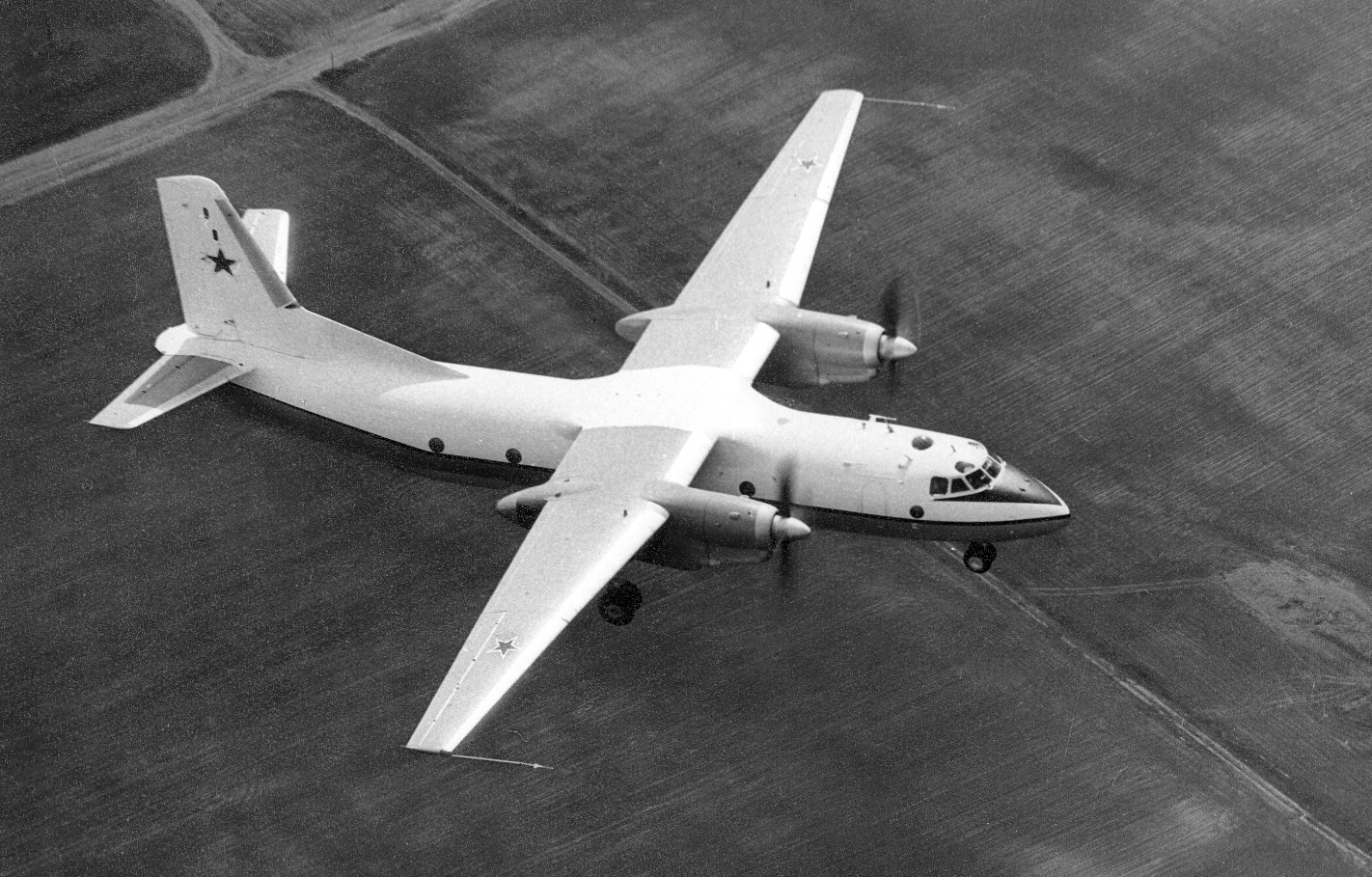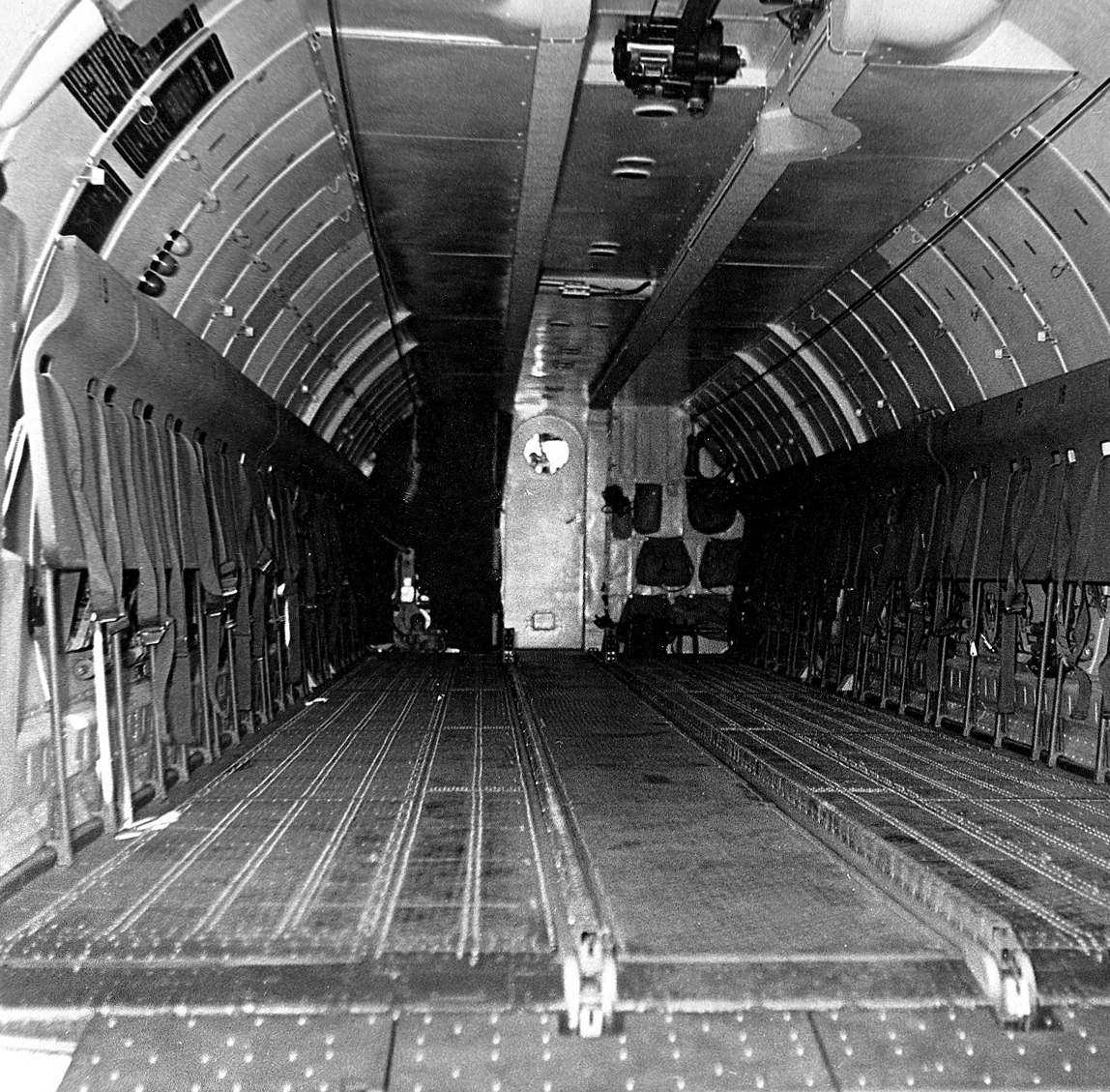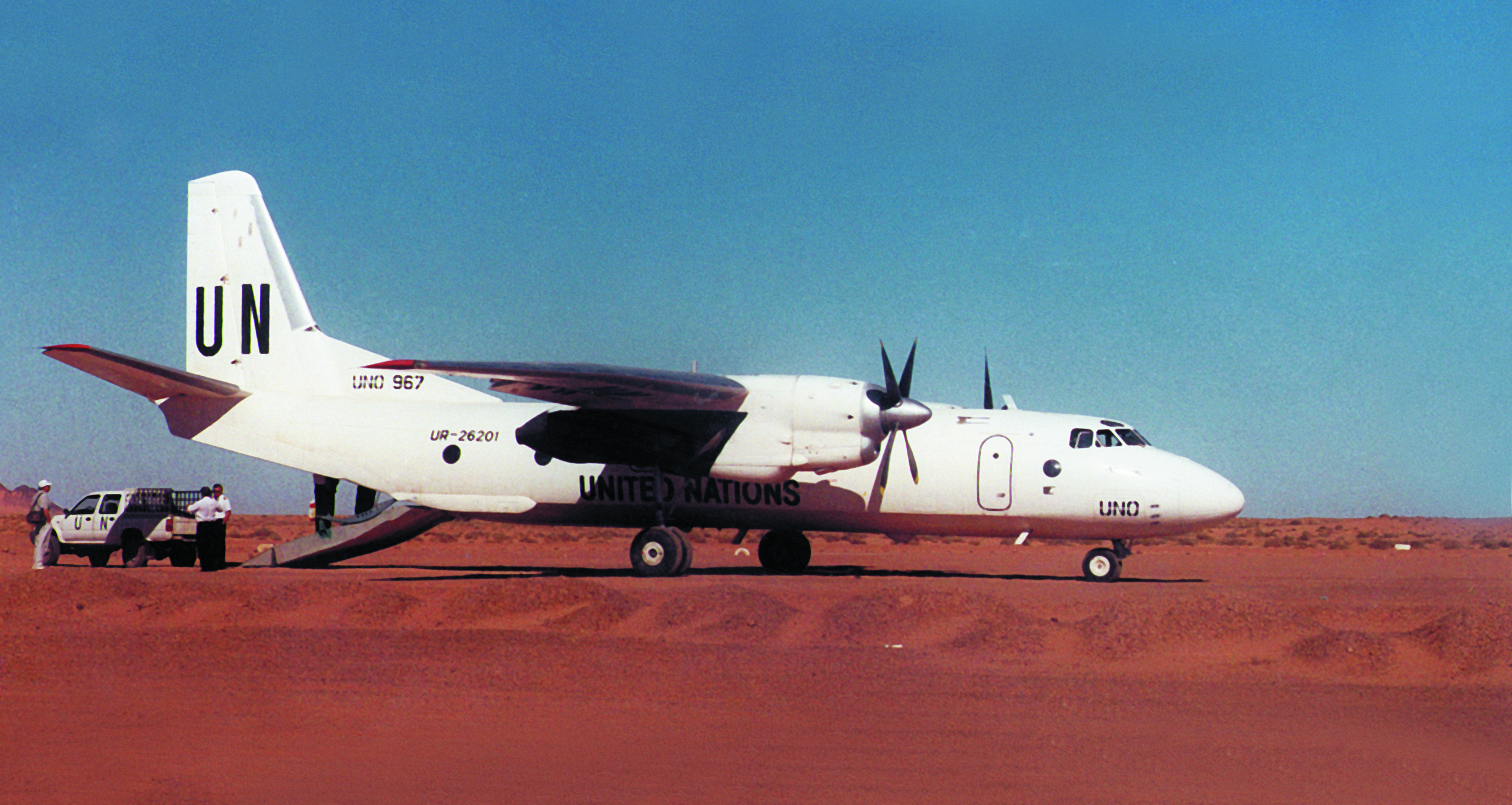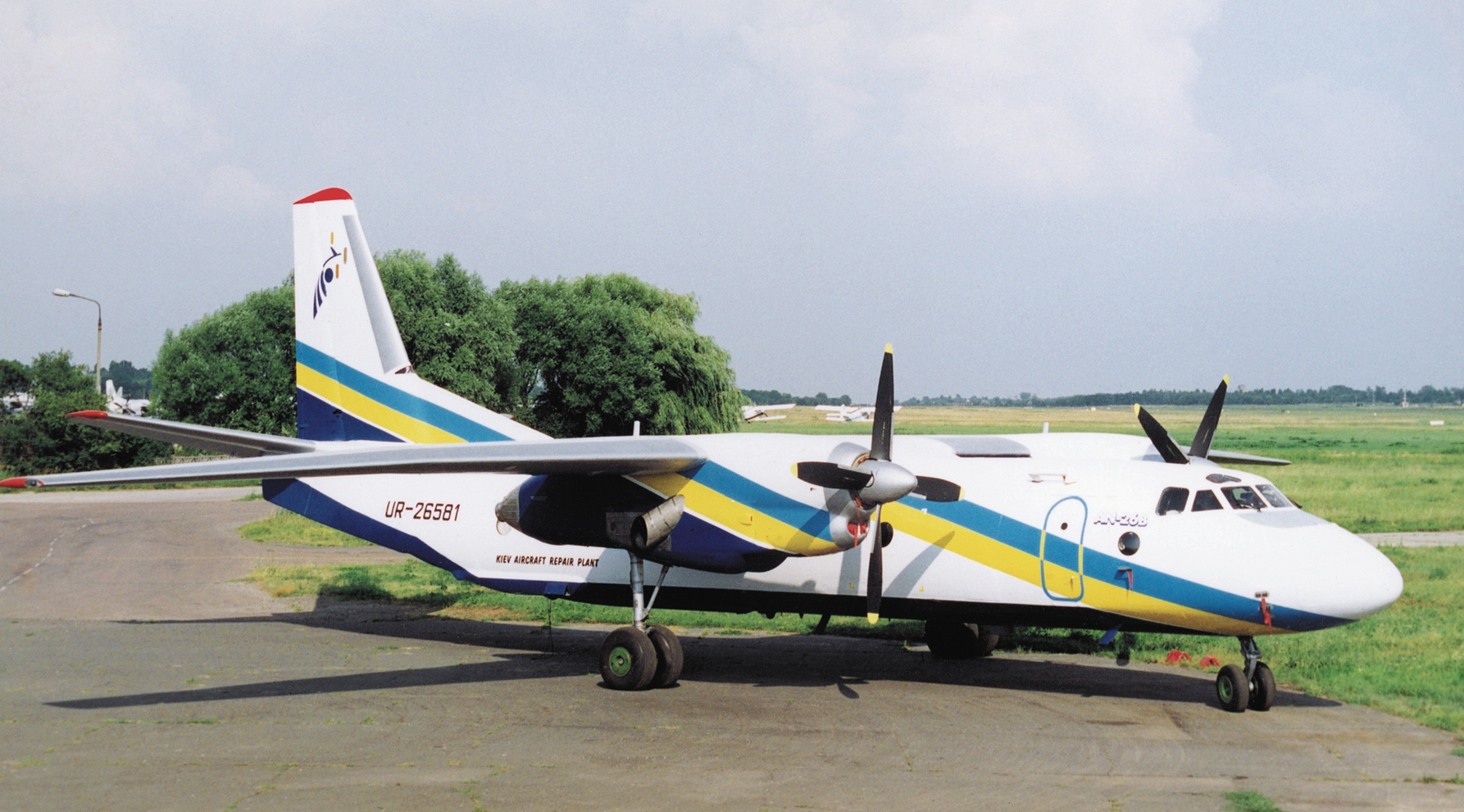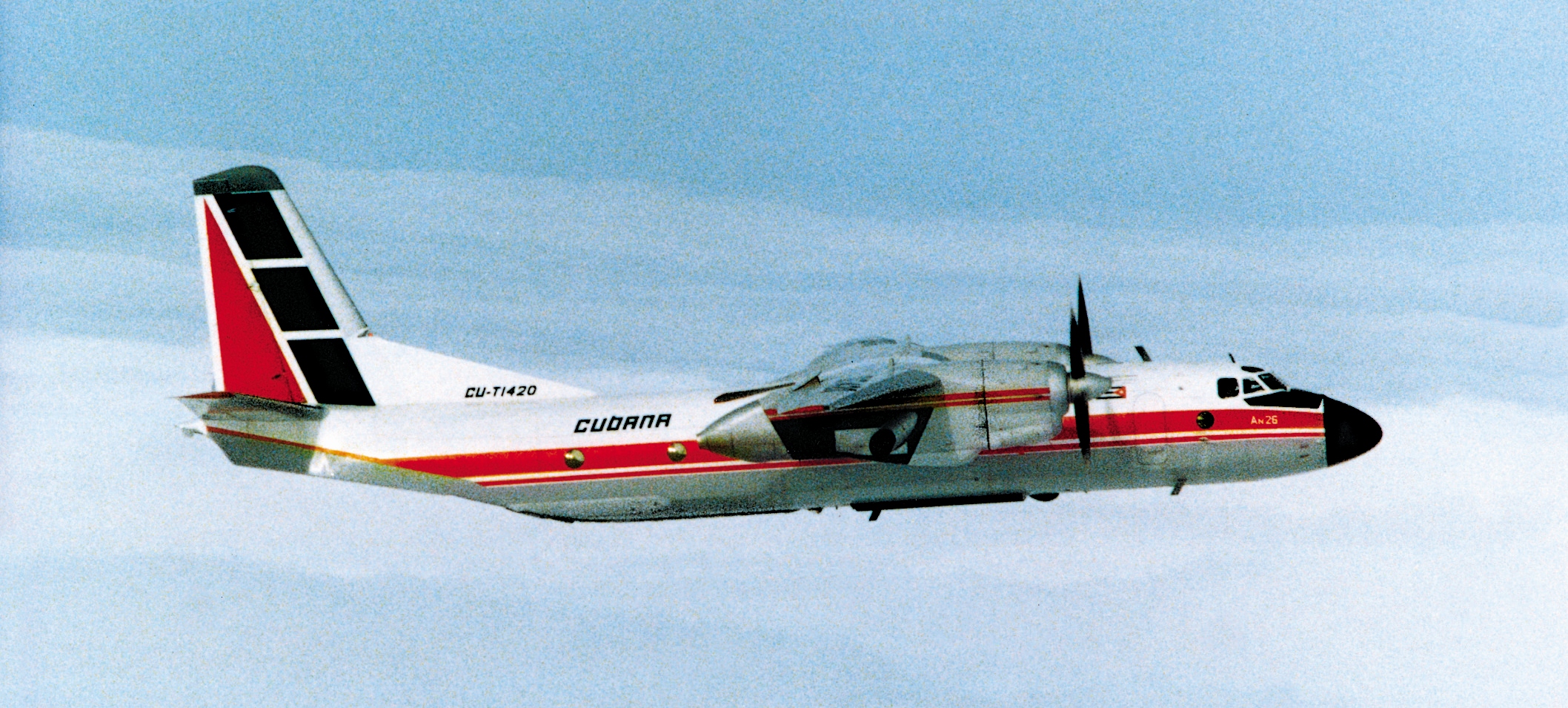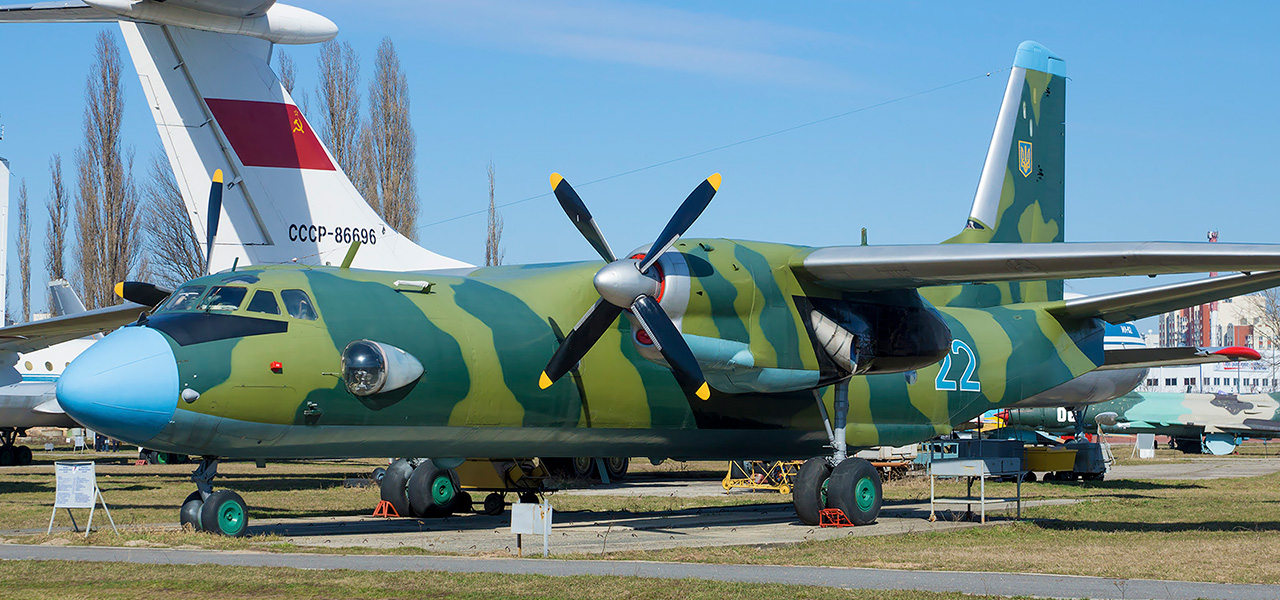An-26
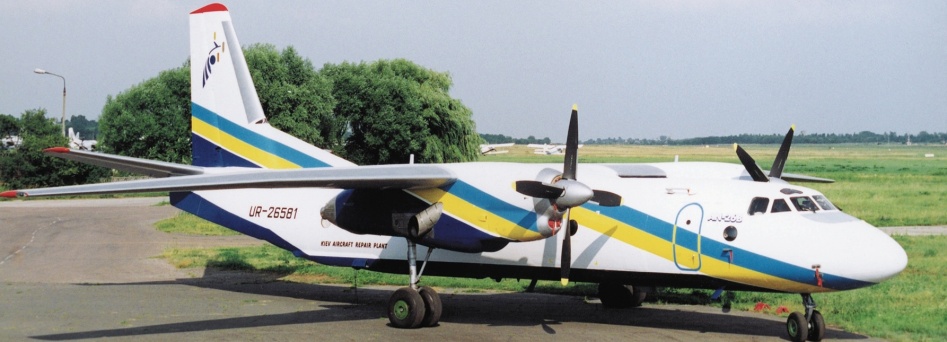
On May 21, the light transport aircraft An-26 turned 55 years old. On this day in 1969, the first prototype of the aircraft took to the skies at the factory airfield in Svyatoshyn, Kyiv. It was created by Oleg Antonov's design bureau as a development of the An-24T transport aircraft, which in turn was a variant of the An-24 passenger aircraft. Unlike its direct predecessor, the An-26 received a new tail section with a large cargo hatch. This hatch was hermetically sealed by a ramp that could be retracted under the fuselage when open, facilitating air drops and loading/unloading on the ground. As a result, the range of cargo significantly expanded to include cars, guns, and trailers. Additionally, in addition to two AI-24VT turboprop engines with a power of 2820 hp each, the aircraft was equipped with an auxiliary RU-19A-300 jet engine with a thrust of 900 kgf, which was placed in the right engine nacelle. Its use significantly improved the take-off characteristics of the An-26, especially in hot weather and high-altitude conditions.
Serial production of the aircraft was launched at the Kyiv Aviation Production Association (now part of Antonov State Enterprise). A total of 1,398 units were built, even surpassing the production of the An-24. A copy of the aircraft was produced in China under the name Y-7H. There are over 25 known variants of the An-26, with the main one being the military transport version.
The serial aircraft had a length of 23.8 meters, a wingspan of 29.2 meters, a maximum takeoff weight of 24,000 kg, a maximum speed of 540 km/h, and a flight range of up to 2,650 km, and could carry 5,500 kg of cargo. It also featured external mounts for air bombs up to 500 kg.
420 aircraft were exported from the factory, received by 37 countries. In total, the An-26 was used by military and civilian operators in over 60 countries, including Angola, Afghanistan, Bulgaria, Venezuela, Iraq, Cuba, Germany, Pakistan, the USA, and Chad.
In modern Ukraine, the An-26 is part of the fleets of several airlines, including "URGA," "ARP 410," "Meridian," "Vulkan Air," and "Konstanta." As of mid-May 2024, 34 of these aircraft were listed in the State Register of Civil Aircraft. The An-26 is also operated by the Air Force, Navy Aviation, National Guard, State Border Guard Service, and State Emergency Service. Since 2014, these aircraft have participated in the Russo-Ukrainian war, actively used for troop supply and medical evacuation. Unfortunately, there have been losses. On July 14, 2014, an An-26 from the 456th Transport Aviation Brigade was shot down by a guided missile launched from Russian territory near the village of Izvaryne, Luhansk region. The crew commander Dmytro Maiboroda and co-pilot Dmytro Shkarbun died while continuing to pilot the heavily damaged aircraft until the other crew members and a paratrooper escorting the cargo could parachute to safety.
The State Aviation Museum named after O.K. Antonov has an An-26 with serial number 079 10, which was produced in 1979 and immediately handed over to the Soviet Air Force. After the Soviet Union's collapse, it was operated by the 223rd Separate Transport Aviation Squadron of the Ukrainian Air Force. In 2012, this aircraft was transferred to the museum.

 Fan-page
Fan-page Youtube
Youtube TikTok
TikTok Aviamuseum
Aviamuseum State Aviation Museum
State Aviation Museum
